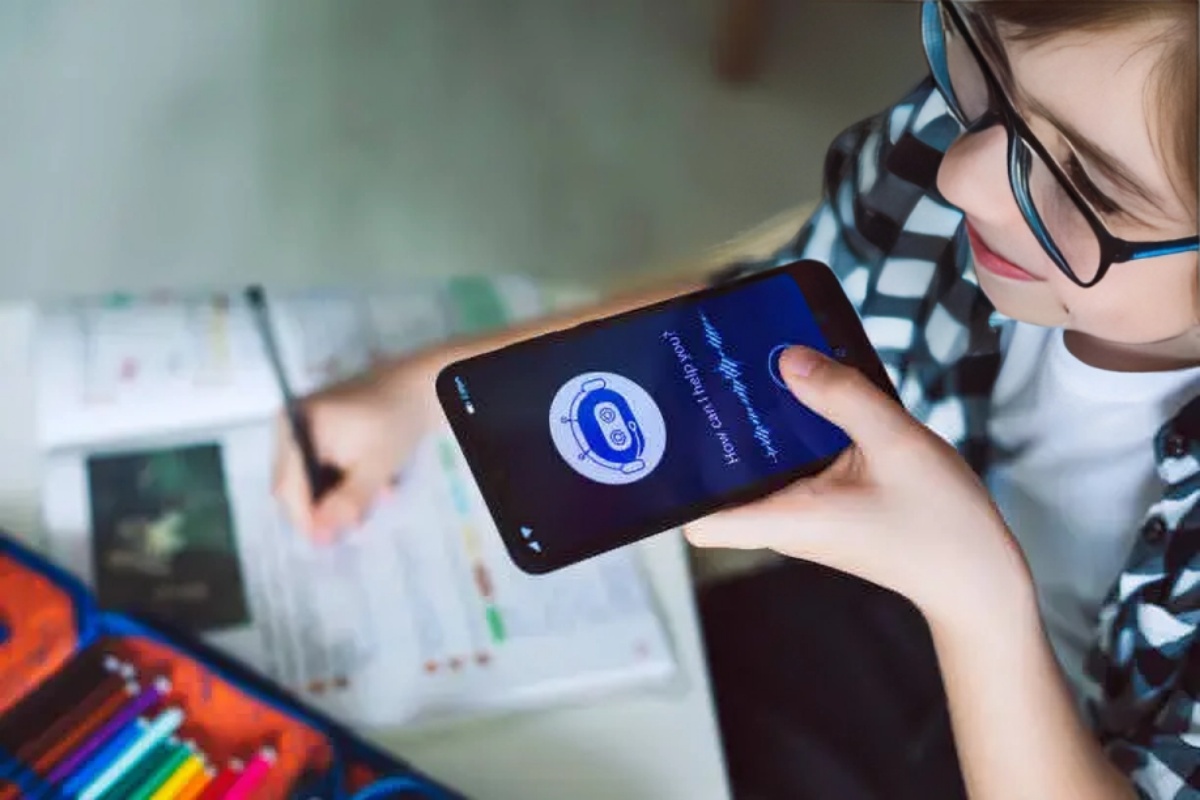Introduction
Education has always been the cornerstone of human progress. From the chalkboard era to smart classrooms, we have witnessed how technology transforms the way we teach and learn. Now, as Artificial Intelligence (AI) makes profound advancements across industries, education is on the brink of a transformative revolution. The future of AI in education is not just about automating tasks or personalizing content — it’s about reimagining how we define learning, measure success, and empower learners globally.
This blog explores the emerging trends, possibilities, and challenges that AI brings to education, offering insights into how we can harness its full potential responsibly and inclusively.
1. AI-Powered Personalized Learning
One of the most promising applications of AI in education is personalized learning. Traditional education models often follow a one-size-fits-all approach, which can leave some students behind while not challenging others enough. AI changes that by analyzing data from students’ interactions with content, assessments, and behavior patterns to deliver customized learning experiences.
- Adaptive Learning Platforms: Tools like Squirrel AI and DreamBox adjust difficulty levels and teaching strategies in real-time based on each student’s strengths and weaknesses.
- Smart Tutors and Chatbots: AI tutors provide round-the-clock assistance to students, helping them understand complex topics without the need for human intervention.
- Individual Learning Paths: By understanding how each student learns best (visual, auditory, kinesthetic), AI can craft tailor-made study plans.
2. Enhancing Teacher Support and Efficiency
Contrary to the fear that AI will replace educators, its role is more likely to augment teachers rather than displace them. AI can handle repetitive administrative tasks, allowing teachers to focus on what they do best — teaching and inspiring students.
- Automated Grading: AI systems can quickly assess multiple-choice, fill-in-the-blank, and even essay-type questions using NLP (Natural Language Processing), reducing workload.
- Smart Content Creation: AI can generate quizzes, lesson plans, and study materials aligned with learning objectives.
- Real-Time Analytics: Teachers can access dashboards showing student performance trends, helping them intervene early and more effectively.
3. Intelligent Classrooms and Virtual Learning Environments
AI enables the creation of intelligent classrooms, where real-time feedback, smart devices, and IoT (Internet of Things) tools work together to optimize the learning environment.
- Facial Recognition for Engagement Monitoring: Some AI tools monitor students’ facial expressions and eye movements to gauge engagement levels and provide cues to teachers.
- Voice Assistants in Education: AI-driven assistants like Alexa for Education help students with spelling, definitions, historical facts, and more.
- Virtual and Augmented Reality Integration: Coupled with AI, VR/AR can create immersive simulations for subjects like biology, history, or physics, making learning more engaging and effective.
4. AI in Special Education and Accessibility
AI has the potential to bridge gaps in learning for students with disabilities by creating more accessible educational environments.
- Speech Recognition and Text-to-Speech: Assist students with dyslexia or visual impairments.
- AI Translators: Help non-native speakers or those with hearing impairments by providing real-time translations and subtitles.
- Customized Assistive Technologies: AI can adapt learning content for students with autism, ADHD, or physical disabilities, ensuring inclusivity in education.
5. Gamification and Engagement through AI
Gamification makes learning fun and addictive. When powered by AI, games can become adaptive and responsive to students’ skills and motivations.
- Real-Time Feedback and Rewards: AI tracks progress and provides instant feedback and digital rewards to encourage students.
- Story-Based Learning: Personalized narratives based on a student’s learning journey make the experience immersive.
- Behavioral Analytics: Understand what motivates each learner and tweak game mechanics accordingly to keep them engaged.
6. AI for Institutional Decision-Making and Policy
AI is not just a tool for learners and teachers — it’s also invaluable for administrators and policymakers.
- Predictive Analytics for Student Success: Identify at-risk students based on attendance, performance, and engagement patterns.
- Resource Allocation: Determine which programs or departments need more investment based on performance data.
- Curriculum Design: AI helps in forecasting which skills will be in demand and ensures the curriculum remains aligned with future job markets.
7. Lifelong Learning and AI-Powered Career Guidance
In a rapidly changing job landscape, continuous upskilling is essential. AI is pivotal in supporting lifelong learning.
- AI Counselors: Platforms like LinkedIn Learning use AI to recommend courses and career paths based on interests and market trends.
- Microlearning and Nano-Degrees: Bite-sized, AI-curated content allows professionals to learn at their own pace.
- Skill Gap Analysis: AI tools identify gaps in knowledge and recommend targeted learning modules.
8. Ethical Considerations and Data Privacy
While the future looks promising, we must approach AI in education ethically and responsibly.
- Data Privacy: With AI collecting vast amounts of student data, ensuring privacy and data security is paramount.
- Bias in AI Algorithms: Biased data can lead to unfair grading, recommendations, or student evaluations.
- Human Oversight: AI should support — not replace — human judgment. Teachers must remain in control of final decisions.
9. The Global Impact of AI in Education
AI can democratize access to quality education, especially in underserved regions:
- Remote Learning: AI-powered platforms can deliver high-quality education even in low-resource settings.
- Language Translation: Break down barriers for non-English-speaking populations through real-time language translation.
- Scaling Quality Education: AI makes it possible to deliver standardized, high-quality content to millions of students worldwide.
Conclusion: Shaping the Future Responsibly
The integration of AI into education is not a distant possibility — it’s happening now. But to realize its full potential, we must ensure that AI is used ethically, inclusively, and responsibly. Teachers, students, developers, and policymakers need to collaborate to build systems that enhance learning while respecting human values.
As we look toward the future, AI will not just teach us — it will learn with us, evolving alongside human curiosity, creativity, and compassion. The real challenge is not whether AI can revolutionize education, but how we can ensure it does so for everyone.

